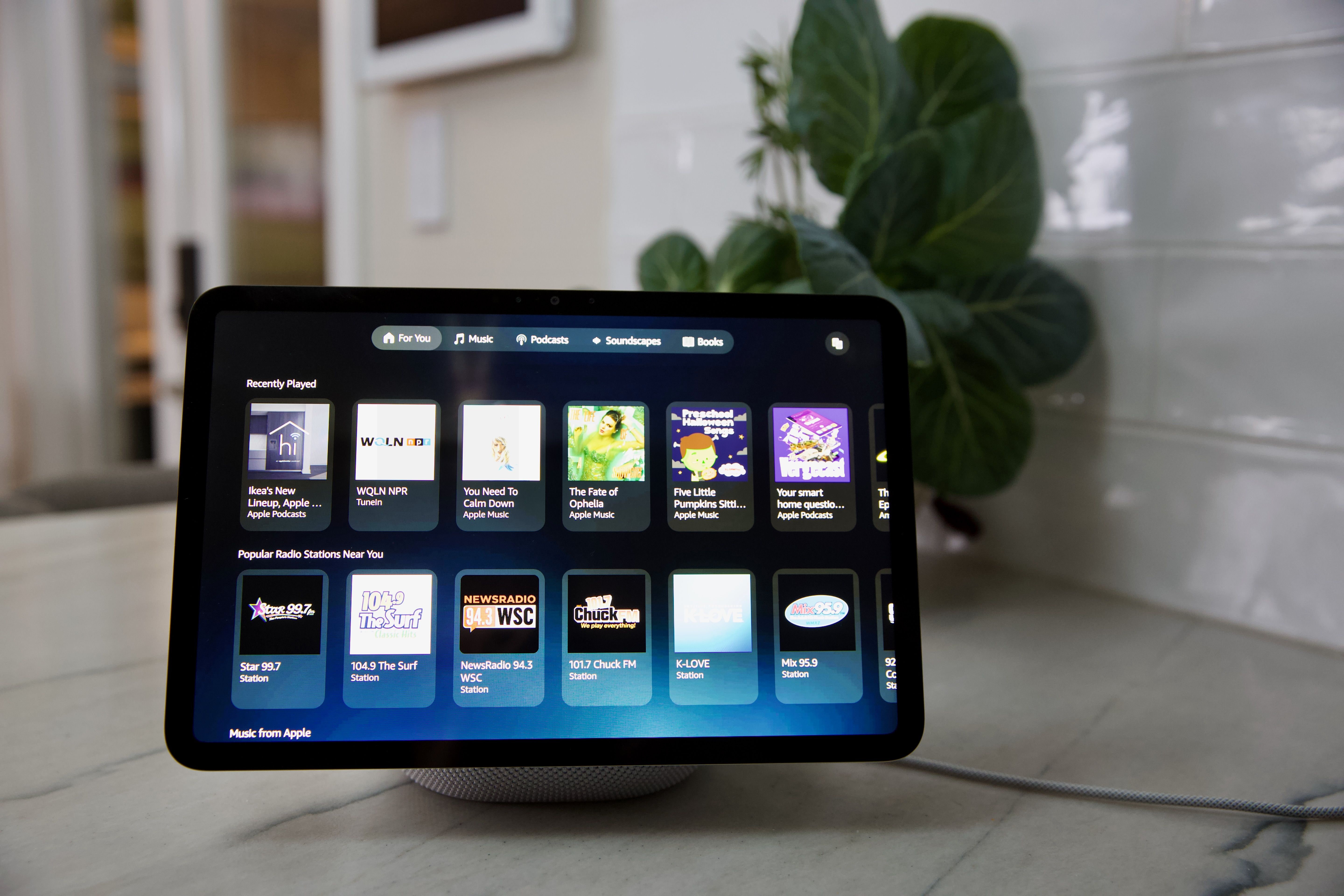Amazon just launched its most advanced Echo Show smart displays yet, built specifically for the company's new AI-powered Alexa Plus. After spending several days testing both the Echo Show 8 ($179.99) and Echo Show 11 ($219.99), these devices represent a significant hardware and software upgrade that finally makes Echo Shows feel like proper smart home hubs rather than afterthoughts.
Amazon has been struggling to make Echo Show devices feel essential rather than experimental. The new Echo Show 8 and 11, launching this week, might finally change that narrative. These aren't just iterative updates - they're purpose-built for Amazon's new AI-powered Alexa Plus, which comes preloaded in US devices and represents the company's most ambitious smart home play yet.
The hardware improvements are immediately noticeable. Gone are the chunky, plastic-heavy designs that made previous Echo Shows feel like budget tablets bolted to speakers. The new models sport sleek, fabric-wrapped speaker bases with thin, floating displays that wouldn't look out of place in a modern kitchen or office. The Echo Show 11's 10.95-inch full HD display is particularly impressive, offering crisp visuals that make video calls and security camera feeds actually usable.
Both devices share identical internals beyond screen size - a 2.8-inch woofer with dual full-range drivers, 13MP camera, and support for Wi-Fi 6E, Bluetooth, Thread, Matter, and Zigbee protocols. The new AZ3 Pro processor makes everything feel snappier, from voice response to touchscreen navigation. After years of laggy Echo Show interfaces, this feels like a legitimate tablet experience.
The voice recognition improvements solve one of the Echo ecosystem's most frustrating problems. Previous Echo Shows would constantly compete with other devices for attention, leading to kitchen timers being set in bedrooms and music playing in the wrong room. The new Shows consistently responded to commands directed at them, even with multiple Echo devices nearby - a seemingly basic feature that took Amazon years to nail.
Alexa Plus integration brings the most compelling changes. The AI-powered assistant allows multi-turn conversations without repeatedly saying the wake word, making kitchen use particularly natural. You can add multiple shopping list items, ask about your calendar, and check weather conditions in a single conversational flow. The feature works well within its 15-second listening window, though longer sessions would be welcome.
The software overhaul extends beyond voice interactions. Amazon replaced the confusing swipe-down interface with a proper menu button, making settings and controls accessible without hunting for invisible targets. The music interface now offers five browseable tabs for content discovery, while the smart home dashboard provides intuitive room-by-room device control.












